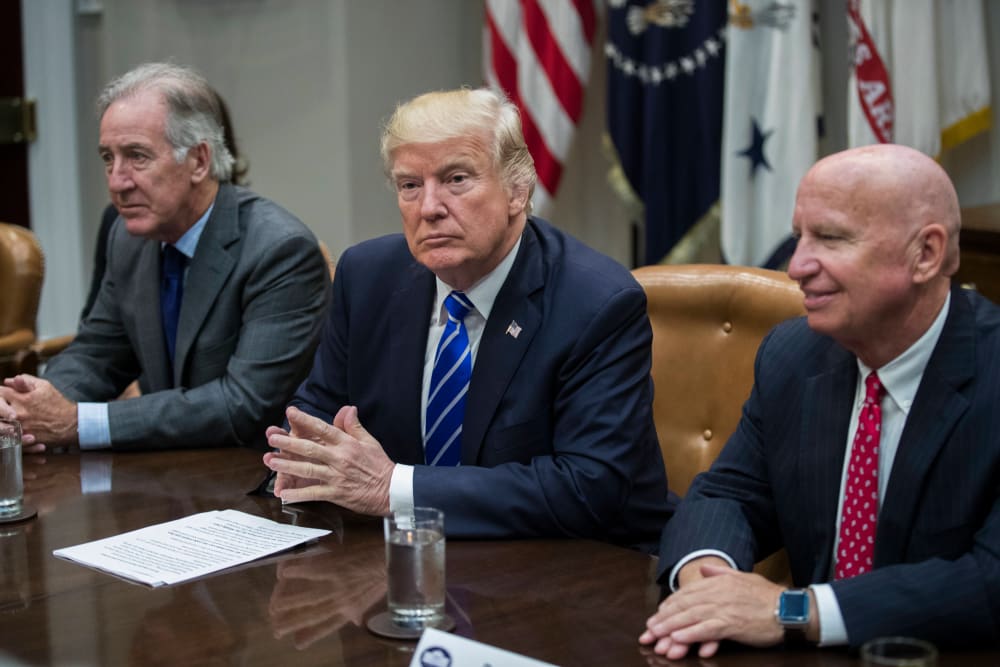A couple of weeks ago, Donald Trump announced the cancellation of scheduled pay raises for roughly 1.8 million federal employees. The president justified the move by arguing, “We must maintain efforts to put our nation on a fiscally sustainable course.”
The move would hurt those workers, obviously, but it would save the federal government $25 billion — all in the name of fiscal sustainability.
It’s against this backdrop that House Ways and Means Committee Chairman Kevin Brady (R-Tex.) and his Republican brethren have unveiled a new package of tax breaks — they’re calling it “tax reform 2.0,” which is silly given that neither this nor the previous tax plan constituted meaningful “reform” — which now has a price tag. The Washington Post reported:
Brady’s plan would add about $630 billion to the federal deficit by 2029, on top of the $1.9 trillion the law is already expected to cost when factoring for higher interest payments, Congress’ Joint Committee on Taxation said on Tuesday.
Beyond those three years, the costs would continue to pile up. Starting in 2026, the cuts could cost the federal government about $165 billion annually in today’s dollars, according to projections by the Tax Foundation, a conservative-leaning think tank. That annual cut would add up to a roughly $2.4 trillion additional to the federal deficit over a 10-year period, the Tax Foundation found.
So let me get this straight. Two weeks ago, the nation couldn’t afford $25 billion in pay raises for federal workers, but we now afford $630 billion in new tax breaks for the wealthy?












